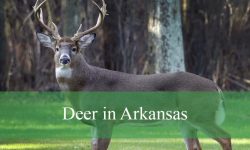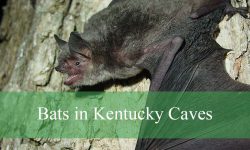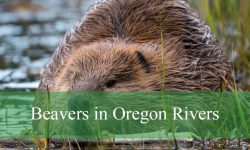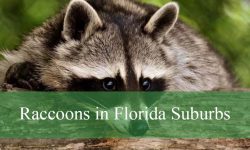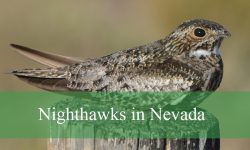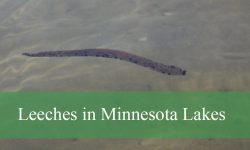Oregon is home to several fascinating jay species, each with distinct appearances and behaviors. These intelligent birds inhabit a wide range of environments, from dense coniferous forests to dry woodlands. Their vibrant colors and loud calls make them easy to spot during hikes, walks in parks, or time spent in suburban neighborhoods.
The Steller’s Jay is among the most recognizable, with its striking blue and black feathers and prominent crest. Other species like the California Scrub-Jay and Gray Jay offer unique traits that suit Oregon’s diverse habitats. In the southeastern part of the state, the Pinyon Jay thrives in arid landscapes with pinyon pine woodlands.
This guide introduces six types of jays found in Oregon, providing identification tips, insights into their behaviors and habitats, and fun facts that showcase their intelligence and important role in the local ecosystem.
Different Types of Jays Found in Oregon
Steller’s Jay (Cyanocitta stelleri)
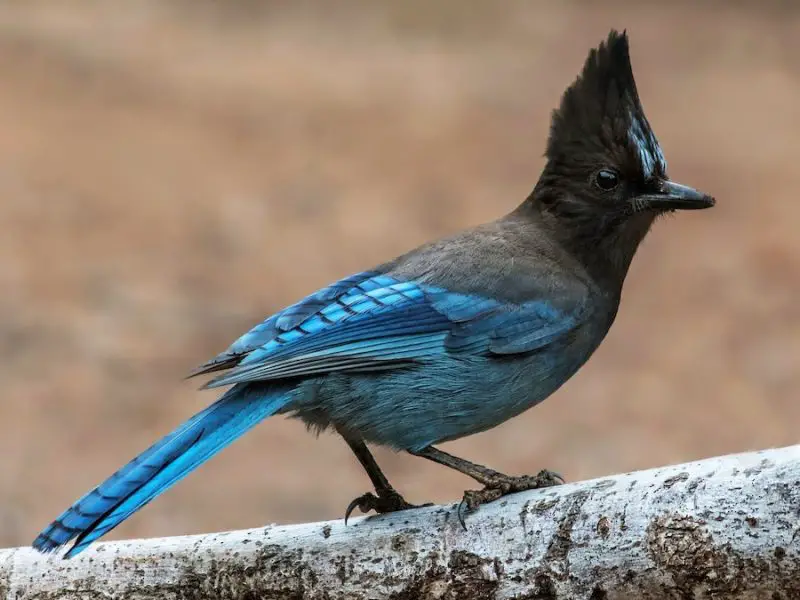
The Steller’s Jay is one of Oregon’s most striking and familiar birds, easily identified by its deep blue body contrasted with a black head and prominent crest. Measuring around 11 to 13 inches in length, this bird features a long tail and strong bill adapted for a varied diet. Its feathers have an iridescent quality in sunlight, making the bird appear almost metallic blue. The crest, often raised when alert or excited, adds to its bold and charismatic appearance.
In Oregon, the Steller’s Jay primarily inhabits dense coniferous forests found throughout the Cascade and Coast Ranges, as well as in mixed woodlands near suburban areas. They thrive at various elevations, from lowland parks to mountain forests. Their adaptability allows them to exploit both wild and human environments, often becoming a familiar visitor at campgrounds, bird feeders, and picnic areas.
Behaviorally, Steller’s Jays are highly intelligent and vocal. They communicate with a wide range of harsh, rasping calls and are capable of mimicking other birds and even human-made sounds. These jays are territorial and often seen in pairs or small family groups. They cache food such as seeds, nuts, and insects, returning to their hidden stores during scarce times. Their diet is highly opportunistic, including insects, berries, small animals, and sometimes eggs or nestlings of other birds.
A fascinating fact about Steller’s Jays is their problem-solving ability. Studies have shown that they can remember the locations of thousands of food caches and adjust their behavior if they detect that other birds are watching them hide food. This advanced cognitive ability highlights their sophisticated social behavior and survival skills.
California Scrub-Jay (Aphelocoma californica)
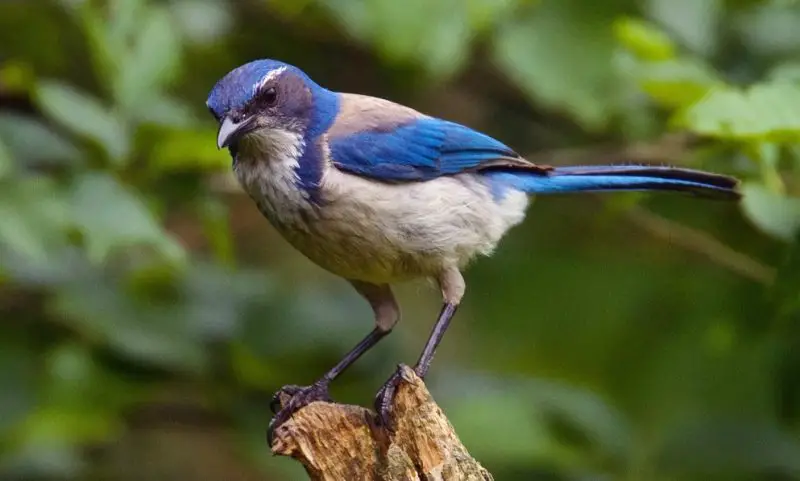
The California Scrub-Jay is another beautiful blue bird found widely across Oregon’s western regions, especially in oak woodlands, scrublands, and suburban neighborhoods. Unlike the crested Steller’s Jay, this jay has a smooth head with a vibrant blue crown, wings, and tail, paired with a grayish back and a distinctive blue necklace marking across the white throat and chest. Its size is slightly smaller, typically around 10 to 11 inches in length, with a slender build and sharp bill suited for a varied diet.
In Oregon, California Scrub-Jays are year-round residents, thriving in diverse habitats that range from urban gardens to open woodlands. Their boldness and curiosity bring them close to human habitation, where they readily exploit backyard feeders and even take food directly from people. This jay is well adapted to moderate climates and is less dependent on dense forest than the Steller’s Jay.
California Scrub-Jays are highly intelligent and socially complex. They cache acorns, nuts, and other food items to eat later and have been shown to possess episodic-like memory, remembering not only where but also when food was hidden. They can also observe other jays hiding food and attempt to steal it, reflecting an impressive understanding of others’ intentions.
A fun fact about California Scrub-Jays is their remarkable capacity for planning. They have been documented saving food for the future and adjusting their caching behavior based on whether other birds are watching, showing a level of foresight rare in the animal kingdom.
Gray Jay (Perisoreus canadensis)
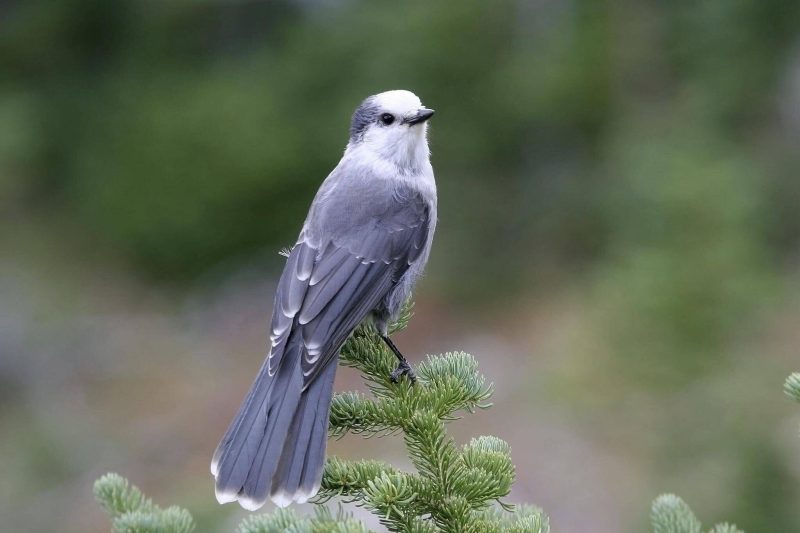
The Gray Jay, also called the Canada Jay or Whiskey Jack, is a soft and fluffy bird common in Oregon’s high-elevation coniferous forests, including the Cascades and Blue Mountains. Measuring 10 to 12 inches in length, this bird has a pale gray body with a darker gray back, a white face, and a small black cap. Its plumage is thick and insulating, ideal for surviving harsh, cold environments.
Gray Jays are permanent residents of Oregon’s mountainous regions, often seen throughout the year even during snowy winters. They are well known for their calm and approachable demeanor, frequently approaching hikers and campers in search of food. Their calls are soft and whistled, quite unlike the loud caws of other jay species, making them a gentle presence in the forest.
One of their most remarkable behaviors is their food caching strategy. Gray Jays collect food such as insects, meat scraps, and berries, which they store in bark crevices and glue in place using sticky saliva. This allows them to preserve food for months, an essential adaptation to survive the long, resource-scarce winters of high elevations.
A fun fact about the Gray Jay is its early breeding season: pairs begin nesting as early as late winter, sometimes even while snow still blankets the ground. This early start is possible thanks to their food caches, which provide reliable nutrition for the demanding task of raising young in challenging conditions.
Pinyon Jay (Gymnorhinus cyanocephalus)

The Pinyon Jay is a medium-sized, social bird known for its solid sky-blue coloration, lacking the crests or distinct facial markings of other jay species. It is slightly smaller than the Steller’s Jay, measuring about 10 to 11 inches in length. The bird’s slender build and moderately curved bill are well suited for foraging seeds and insects.
In Oregon, the Pinyon Jay inhabits the arid, open woodlands of the southeastern part of the state, particularly areas dominated by pinyon pine and juniper trees. These birds are highly gregarious, forming large, noisy flocks that can number in the hundreds. Their presence is closely tied to the availability of pinyon pine seeds, a staple food they rely on heavily.
Pinyon Jays are expert seed harvesters and cachers, burying thousands of pinyon pine seeds each season. They have excellent spatial memory, allowing them to recover stored seeds months later, even under snow or leaf litter. Their social structure is complex, often including cooperative breeding, where non-breeding individuals assist in raising young.
A fun fact about Pinyon Jays is their dependence on pinyon pine mast cycles. In years when pine cone production is poor, these birds may skip breeding entirely and disperse widely in search of food. Their population and reproductive success are thus directly linked to the health of pinyon pine ecosystems in Oregon’s high desert regions.
Blue Jay (Cyanocitta cristata)
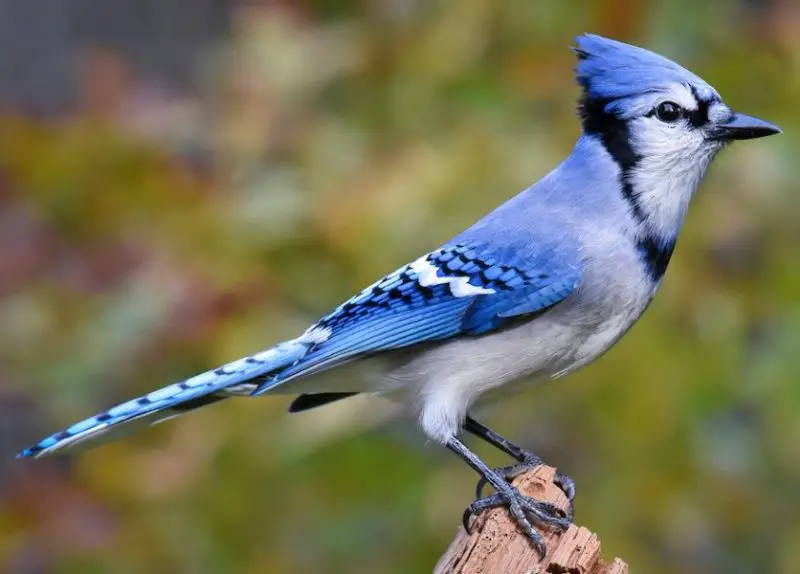
The Blue Jay is a vibrant and striking bird well-known across much of eastern and central North America but is a very rare visitor to Oregon. Measuring about 9 to 12 inches in length, it has brilliant blue upperparts with white underparts, a distinct crest on its head, and black markings around its neck and face. Its wings and tail show intricate patterns of black, white, and blue. This bird’s bold coloration and loud calls make it unmistakable wherever it appears.
Though Blue Jays are common in the eastern U.S., sightings in Oregon are sporadic and usually involve individual birds wandering far from their usual range. When found, they tend to appear in wooded or suburban areas, often causing curiosity among local birdwatchers. Their adaptability in diet allows them to thrive in many environments, feeding on nuts, seeds, insects, fruits, and occasionally small vertebrates.
Blue Jays are known for their intelligence and complex social behavior. They produce a variety of vocalizations, including mimicry of hawk calls, which they use to intimidate other birds. They are also highly territorial and use loud calls to defend their nesting areas. Their nests are usually built in deciduous trees and are composed of twigs, roots, and grasses.
A fun fact about Blue Jays is their role in forest ecology; they are important seed dispersers, especially of oak trees, as they cache acorns that sometimes grow into new trees. Despite being rare in Oregon, if you spot one, it’s a remarkable and exciting event for bird enthusiasts.
Clark’s Nutcracker (Nucifraga columbiana)

Clark’s Nutcracker is a robust, medium-sized bird found primarily in the mountainous regions of Oregon, especially in the Cascades and Blue Mountains. Measuring around 11 inches long, it has a grayish-white body with black wings and tail accented by white patches. Its long, stout bill is perfectly adapted for cracking open pine seeds. This bird is a member of the corvid family, closely related to jays, and shares many behavioral traits.
Clark’s Nutcrackers are most commonly associated with high-elevation conifer forests, particularly those dominated by whitebark and ponderosa pines. They are famous for their remarkable ability to harvest and cache thousands of pine seeds each autumn, burying them in the ground to eat later during winter months. Their exceptional spatial memory allows them to relocate these caches even under snow, making them crucial for the regeneration of pine forests.
These birds are known for their social nature outside of the breeding season, often traveling in small flocks. They have a variety of vocalizations, including harsh caws and rattles, used to communicate with flock members or signal alarm. Clark’s Nutcrackers breed in late spring, building nests high in conifers, and both parents help feed the young.
A fascinating fact about Clark’s Nutcrackers is their ecological partnership with whitebark pines; they are one of the few species capable of dispersing these large seeds, effectively planting new trees. This mutualistic relationship is vital for maintaining healthy mountain ecosystems in Oregon.
FAQs about Jays in Oregon
What species of jays are commonly found in Oregon?
The most common jay species in Oregon are the Steller’s Jay, California Scrub-Jay, Gray Jay (Canada Jay), and Pinyon Jay. Blue Jays are rare visitors, and Clark’s Nutcracker, a close relative, is also found in mountainous areas.
How can I identify a Steller’s Jay?
Steller’s Jays have a deep blue body with a black head and a prominent crest. They are about 11 to 13 inches long and often found in coniferous forests. Their loud, harsh calls and bold behavior make them easy to recognize.
Are Blue Jays native to Oregon?
No, Blue Jays are native to eastern and central North America and are very rare visitors to Oregon. Sightings in Oregon are typically of individual birds wandering outside their usual range.
Where do Gray Jays live in Oregon?
Gray Jays live mainly in high-elevation coniferous forests in the Cascades and Blue Mountains. They are well adapted to cold climates and can be seen year-round, even in snowy conditions.
What do California Scrub-Jays eat?
California Scrub-Jays have a varied diet including insects, nuts, berries, acorns, and occasionally small animals. They are also known for caching food to eat later.
Why are Pinyon Jays important to their ecosystem?
Pinyon Jays play a crucial role in seed dispersal for pinyon pines. By caching seeds in various locations, they help regenerate pinyon pine woodlands, especially in southeastern Oregon.
Can I attract jays to my backyard?
Yes, providing food such as peanuts, sunflower seeds, and suet can attract Steller’s Jays and California Scrub-Jays to your backyard. They are intelligent birds that quickly learn feeding routines.
Do jays have any special behaviors?
Many jay species are known for their intelligence, vocal mimicry, food caching, and complex social interactions. For example, Steller’s Jays can mimic hawks, and Scrub-Jays have shown advanced planning skills.

